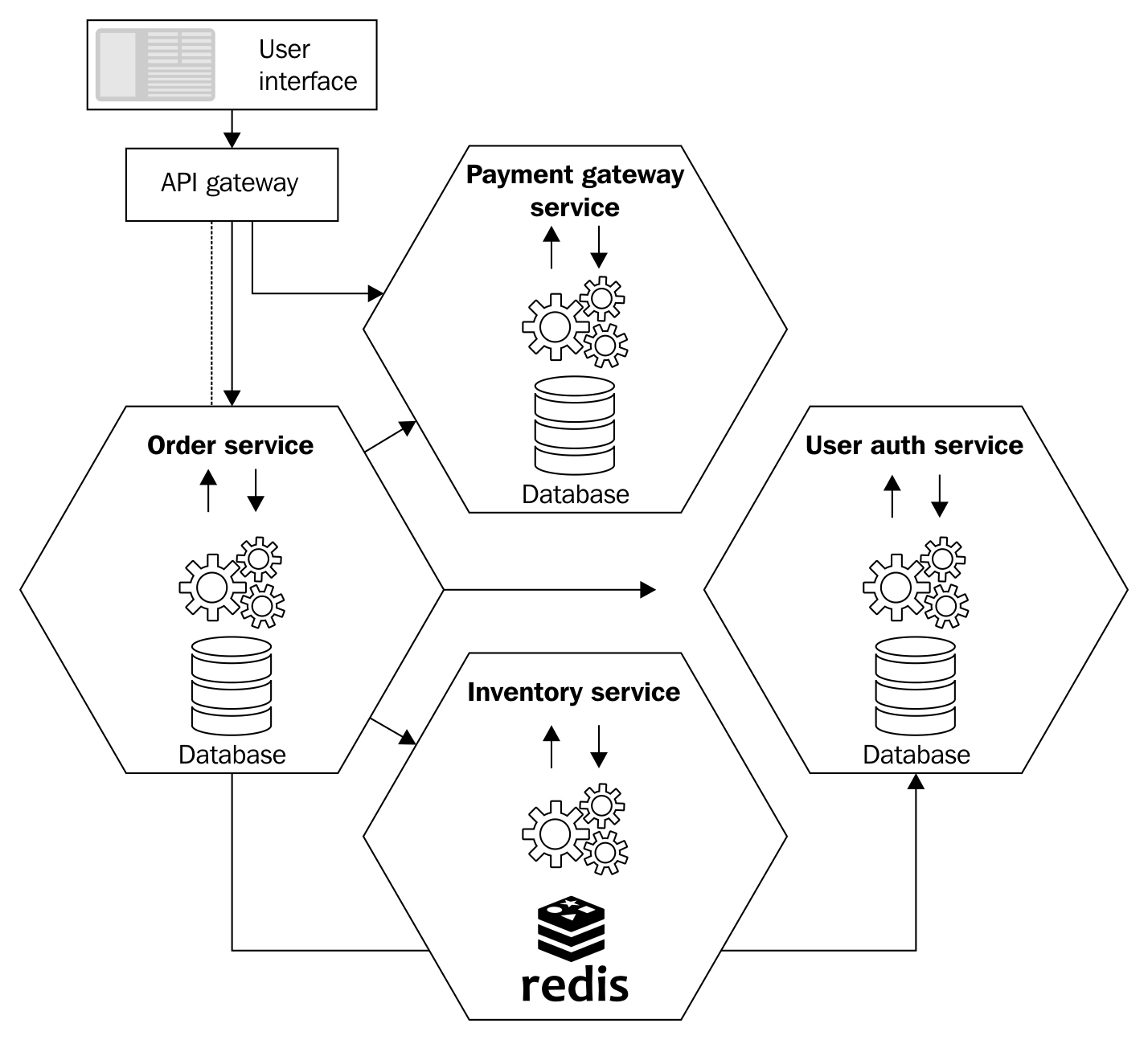It is common to have a single database in the majority of monolithic applications. And almost always, there is a database architect or a designated owner responsible for its integrity and maintenance. The path to any application enhancement that requires a change in the database has to go through this route. For me, it has never been an easy task. This further slows down the process of application enhancement, scalability, and technology adoption.
Because each microservice has its own independent database, the decision-making related to changes required in the database can be easily delegated to the respective team. We don't have to worry about the impact on the rest of the system, as there will not be any.
At the same time, this separation of the database brings forth the possibility for the team to become self-organized. They can now start experimenting.
For example, the team can now consider using the Azure Table storage or Azure Redis Cache to store the massive product catalog instead of the database, as is being done currently. Not only can the team now experiment, their experience could easily be replicated across the whole system as required by other teams in the form of a schedule convenient to them.
In fact, nothing is stopping the FlixOne team now from being innovative and using a multitude of technologies available at the same time, then comparing performance in the real world and making a final decision. Once each microservice has its own database, this is how FlixOne will look:
